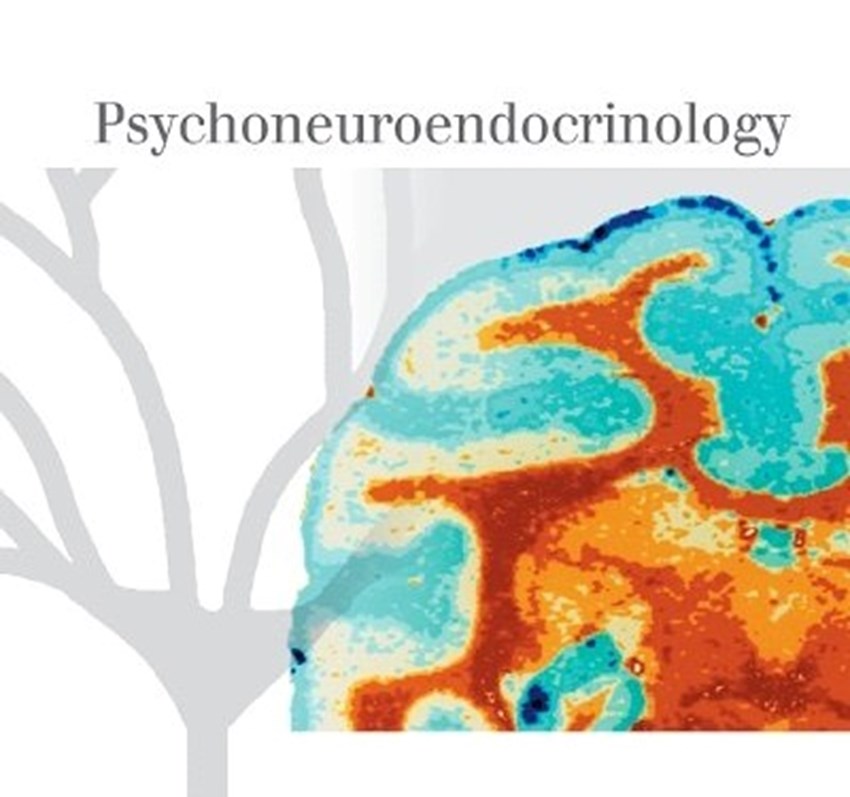No âmbito do projeto 158/12 – Neuroendocrine underpinnings of social bonds to parents and peers in preschool children. Oxytocin and cortisol on adopted children and non-adopted controls, Nuno Torres e colaboradores publicaram na revista Psychoneuroendocrinology, o artigo Salivary oxytocin after play with parents predicts behavioural problems in preschool children com os seguintes destaques:
- Para cada criança recolheram 7 amostras de saliva para determinar a concentração de oxitocina (OXT) e avaliaram a confiabilidade das amostras;
- A OXT após brincadeiras com os pais foi associada a problemas comportamentais na escola;
- A OXT recolhida pelos pais nas rotinas diárias (linha de base) não foi associada a problemas comportamentais;
- A OXT recolhida após a brincadeira com os pais demonstrou maior confiabilidade do que a OXT recolhida na linha de base;
- A OXT demonstrou baixa confiabilidade em amostras únicas, mas elevada confiabilidade quando pelo menos duas amostras são tidas em consideração.
“Background: Oxytocin (OXT) has attracted research interest for its potential involvement in many of the behavioural problems observed in childhood. Due to its logistical advantages, saliva is an attractive fluid to quantify neuropeptides in children. Salivary OXT has been suggested as a potential biomarker for psychopathology during childhood. However, several questions still remain about the extent to which, and under what conditions, concentrations of OXT in saliva can be reliably measured and are related to behavioural problems in preschool age children.
Methods: Seven samples of saliva from 30 preschool children (17 girls) were collected in five different days at their homes. Three of the samples were collected by the children’s parents at baseline daily routine conditions, and four of the samples were collected by researchers during two home-visits: before and after two 15-minute dyadic play sessions (one with mothers and one fathers) between each individual parent and the child. Oxytocin concentrations were quantified by Radioimmunoassay with prior extraction. Children’s behavioural problems were assessed by the Caregiver-Teacher Report Form (C-TRF) questionnaire, completed by the child’s’ preschool teacher.
Results: Salivary OXT measured in baseline samples could not predict any of the behavioural problems measured by the C-TRF. However, when measured after playing with parents salivary OXT showed a stronger pattern of negative correlations, specially with the depression and opposition scales of the C-TRF. Furthermore, salivary OXT was unlikely to be reliably measured using single sampling, but acceptable reliabilities were achieved when averaging several samples. Finally, the single measures of salivary OXT evoked after an episode of play with parents showed better reliabilities than collected at baseline.
Conclusion: Measurements of OXT evoked after positive affect interactions with parents seem to capture aspects of the OXT system in young children that might be relevant for understanding the role of this system in children’s social behaviour.”

































































































